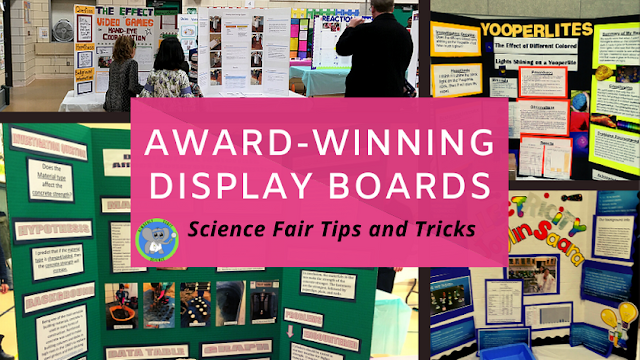Embracing Failures In Science And STEM Class: Start The Year With The Black Box Activity
Have you ever had a science project go terribly wrong? You just wanted to quit. One year, a group of upper elementary girls did a science fair project on plants. They were so excited to work together. A few days before the fair, they reached out to me and said they wouldn't be presenting their project because nothing had grown. They shared some thoughts about why it didn't work. I felt terrible for them, but I told them their project wasn't a failure. It seemed like they learned a lot, and if they tried again, they would do things differently. That's the nature of science. I suggested they come to the fair and share what happened with their project. They should display the challenges they faced and what they learned from them. After all, that is precisely what a science project is about.
The Power of Failure
When a "failure" happens, it can become a valuable learning opportunity to show how real scientists handle unexpected results. Science thrives on curiosity, questions, testing, and discovery. There really is no getting it right the first time. In science, you learn just as much from your failures as you do from your successes. In fact, you probably learn more. The Wright Brothers had many failures in developing the first airplane. They started with gliders and kites to gather data before creating a powered version. The goal should be to focus on the progress you are making.
Embracing Failures Creates a Positive Learning Environment
I always feel that my classroom is a place where students know they will be challenged and supported. There is always a feeling of excitement when they walk into the room. Our class is an adventure. Embracing failure and focusing on progress helps with
- Student Motivation: They know it is okay if their predictions do not match the results or if their final design does not quite meet all the criteria. The journey to get there was engaging and fun.
- Social and Emotional Learning (SEL): Students learn resiliency, perseverance, and how to think outside the box. They also learn how to work as part of a team.
- The Teacher-Student Relationship: Students know that you are there to support them. They are not afraid to come to you for help. I find that I laugh and engage in conversations more with my students.
- Critical Thinking: With increased motivation, students will feel safe to think big. They will be willing to take risks and discuss results with others. The teacher will feel more comfortable giving the class more challenging projects and topics.
One of my favorite ways to introduce the nature of science, hence the embrace of failures, is through the Black Box Activity. It makes a great first lesson of the year. Students get a black box containing one or more objects. They need to try and figure out the characteristics of the object inside. Their main focus is not on what is inside the box, but on the characteristics that help them identify the object and understand how it behaves. The students perform lots of tests on their box to learn what it is not, to help them understand what it could be. It aligns perfectly with the NGSS science and engineering practices, encouraging genuine scientific thinking. The hardest part of the challenge is not learning what is in the box. We want to truly model the nature of science to show students that science is about patterns, data, and observations.
Here is more of what the Black Box is great for in the classroom.
- It introduces how scientists deal with exploring things they can not see or touch, like stars, planets, and Earth's core.
- It introduces the concept of a theory and explains how it differs from a hypothesis.
- It gets students to use the scientific method.
- Students practice using different types of measuring tools.
- Students learn how to navigate teamwork.
- It encourages students to talk and write in science.
- They learn the importance of evidence.
- Teachers get to see how their students handle challenges.
- They learn that labs may not always go perfectly; it is about the process.
Teacher Tips
Here are some tips for integrating a classroom that celebrates failures.
- Always encourage students to celebrate a "no" as a form of progress.
- Use phrases like, What can we rule out?, What is it not? What have you learned so far? What new questions does that bring?
- When a result differs from their hypothesis, ask if they were surprised. Remind them that surprises are great.
- Pause and have a class discussion so groups can share information. This will help guide everyone. Scientists share test results and try what others are doing too. Remind them we are a team.
Let's Get Started
You can create your own version of the black box activity, or if you'd like support, check out our ready-made black box resource. It is carefully designed to show students the scientific method and the nature of science. Get students to think critically and perform tests. Students will enjoy writing a theory using claims, evidence, and reasoning (CER). The activity can serve as a reference when students become frustrated if things don't go their way during a lab, STEM challenge, or project.

.png)


.png)


.png)

